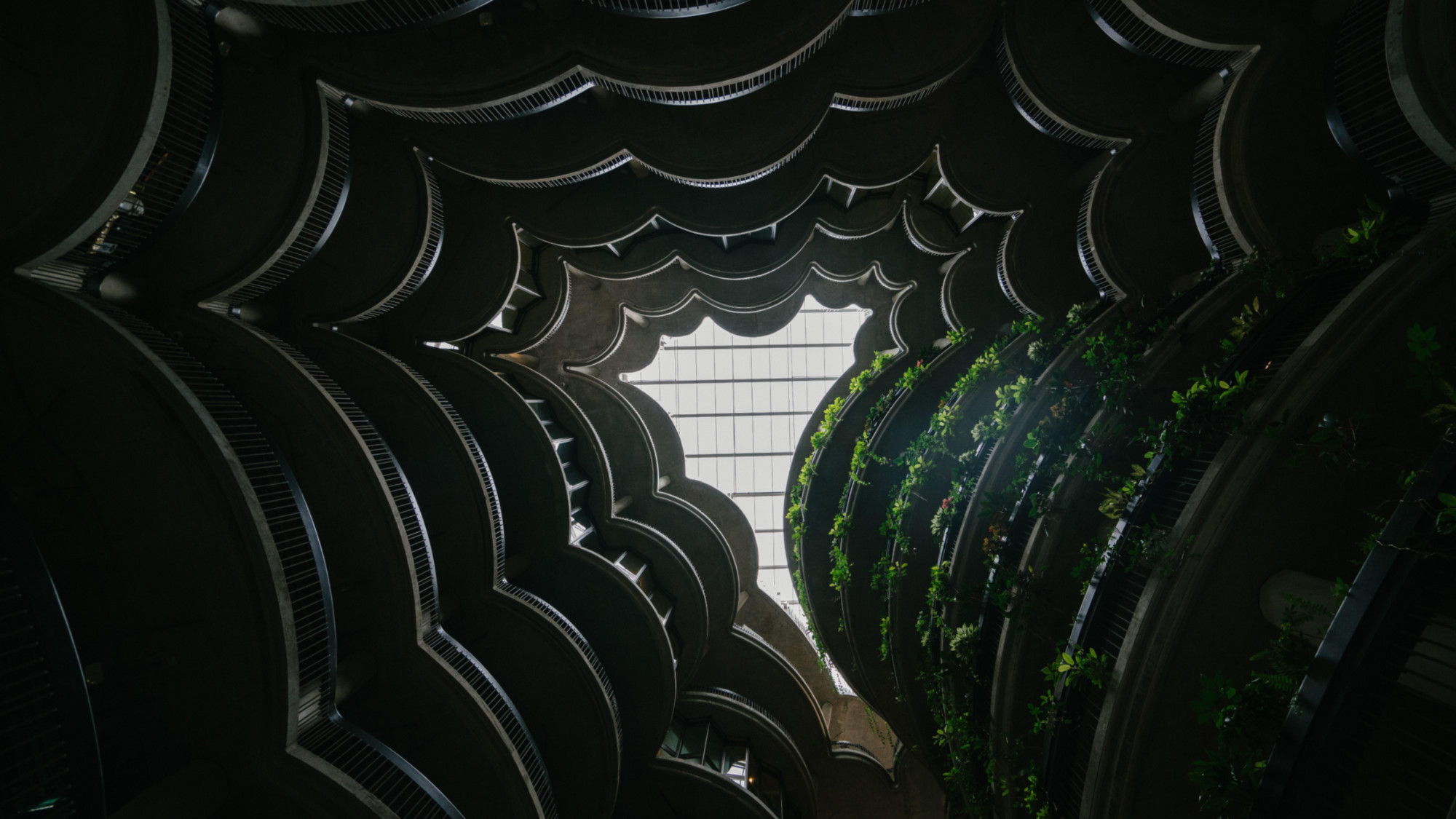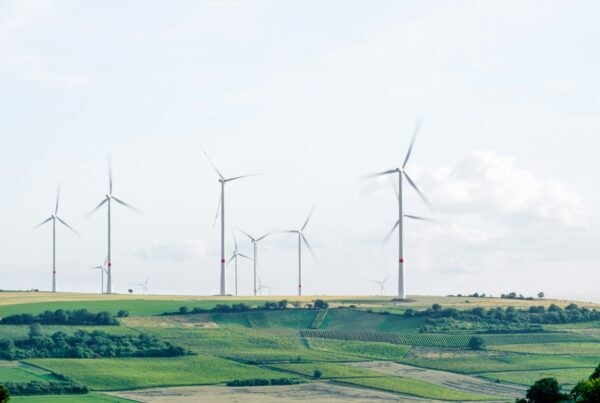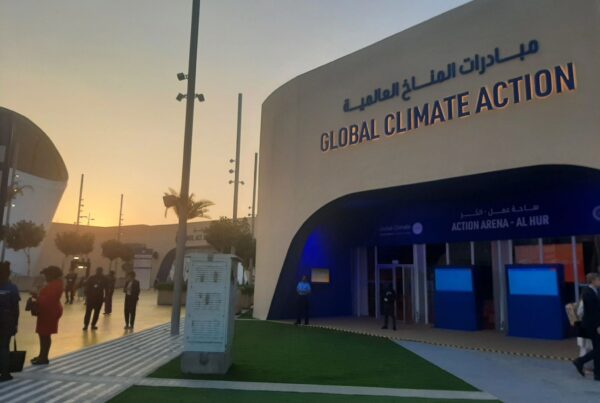SecondMuse is building a world in which economies benefit people and protect the planet. Here's a portrait of what that might look like.
It’s a Monday morning in 2090. The sun is rising over the Amazon, more lush than ever, and bursting with a resurgence of life. Across the Americas, people are commuting to work in electric cars, high-speed trains, and other clean transport beyond our current imaginations. The cities murmur with the sounds of voices and birds. Notably missing are the grunts and rumbles of air conditioners and engines, which have been replaced with clean alternatives. Gone are the tents, encampments, and shantytowns where people unable to find safe and dignified housing once lived. Physical and mental healthcare is now robust and accessible to everyone, enabling more people than ever to be their best selves and meaningfully participate in the economy.
In Europe and Africa, it’s lunchtime. From Norway to Namibia, people are eating locally-grown, nutritious food from either reusable plates or dishes that are recyclable or compostable — and not just in theory. Cities, towns, and villages are equipped with easy-to-use circular disposal systems that are used for just about everything. From discarded clothes to old cars, everything is given new life and reintroduced into the economy. The people who power this economy — from technical experts to manual laborers — make a prosperous living. Only the oldest ones can remember the time when the world was awash in the trash and imported candy cost more than local vegetables. Their grandchildren find such a world hard to imagine. The world they are inheriting is populated by people and Powerholders, like governments, foundations, and corporations, that take pains to protect the planet and well-being of everyone who lives here.
Years ago, in those darkest days of climate change, these Powerholders had a reckoning and realized that the only sustainable path forward — for them and for humanity — would require them to use their power to drive social and environmental justice. The Powerholders themselves benefited so much from the new human-centered approach that they’ve never since considered going back to the old days when “sustainability” was just a bonus instead of a way of being.
In Asia, where the sun is setting, people are strolling along the banks of waterways once overflowing with plastic bottles and bags. The children of workers who, long ago, risked illness and injury to earn a meager living selling mountains of recyclable trash, now live in energy-efficient homes — some located on the very shores where their parents once toiled. A famous women-run firm based in Indonesia designed many of them across the region and equipped them with locally-manufactured innovations that protect the homes from flooding.
The women-run design firm is not an anomaly. Women and other currently marginalized genders are fully integrated into economies. They have the same access to education, capital, and other resources as men. Their ramped-up economic participation has led to a boom of new products, services, and technologies solving a range of problems that, for centuries, the market had ignored.
The flood prevention innovations are not anomalies either. A new generation of financial mechanisms has funded the development and integration of technology that protects homes and businesses from natural disasters. With climate change rapidly reversing, technology is becoming more of a bonus than a necessity.
Unburdened by concerns about safety, access to food, and other basics, the human race is thriving.
This is a portrait of the world we are trying to build: A world of inclusive, circular economies that create better living conditions for marginalized communities. A world in which climate tech solutions enable all industries to drive toward net zero and serve people most affected by climate change. A world that is socially just and enables every person to have positive mental and physical health, as well as access to safe, nutritional, and affordable food. Financed by the broader capital system, this future world will be, simply put, good for people and the planet.
Today, this world is still a vision. But every great innovation and transformation begins with a vision, that, with purposeful action, becomes a reality.







